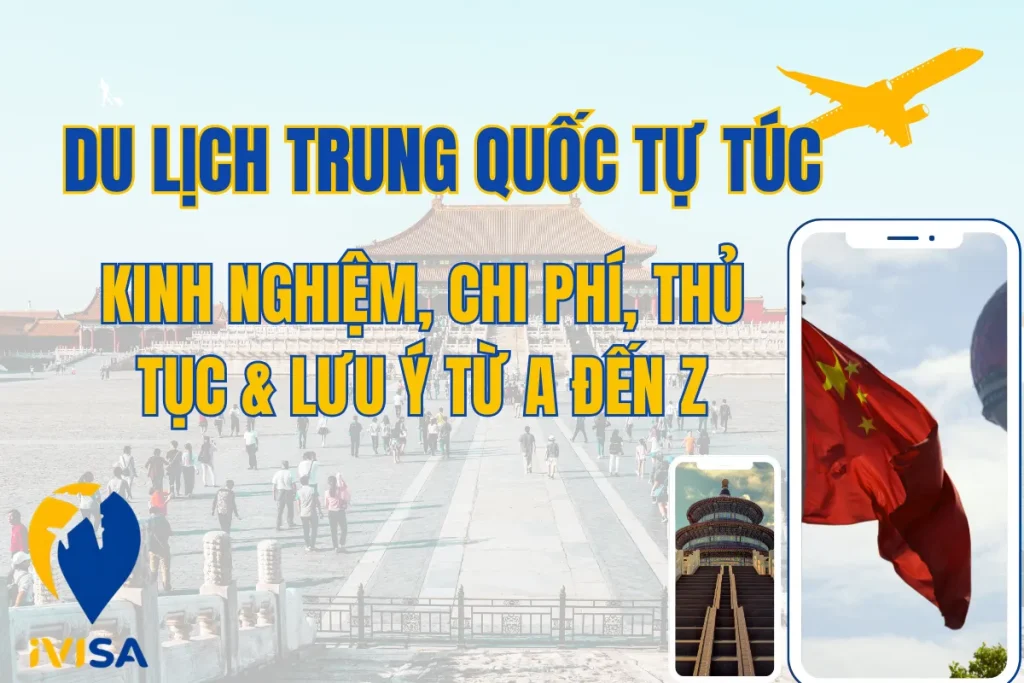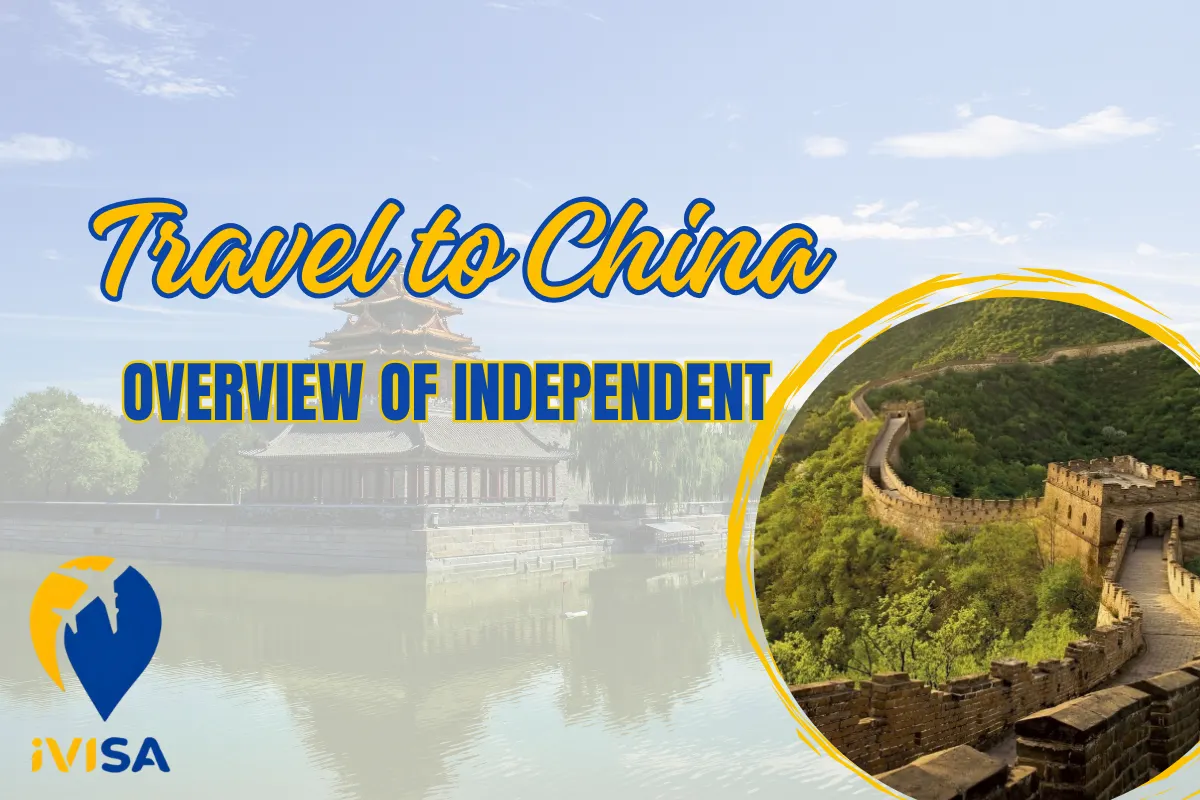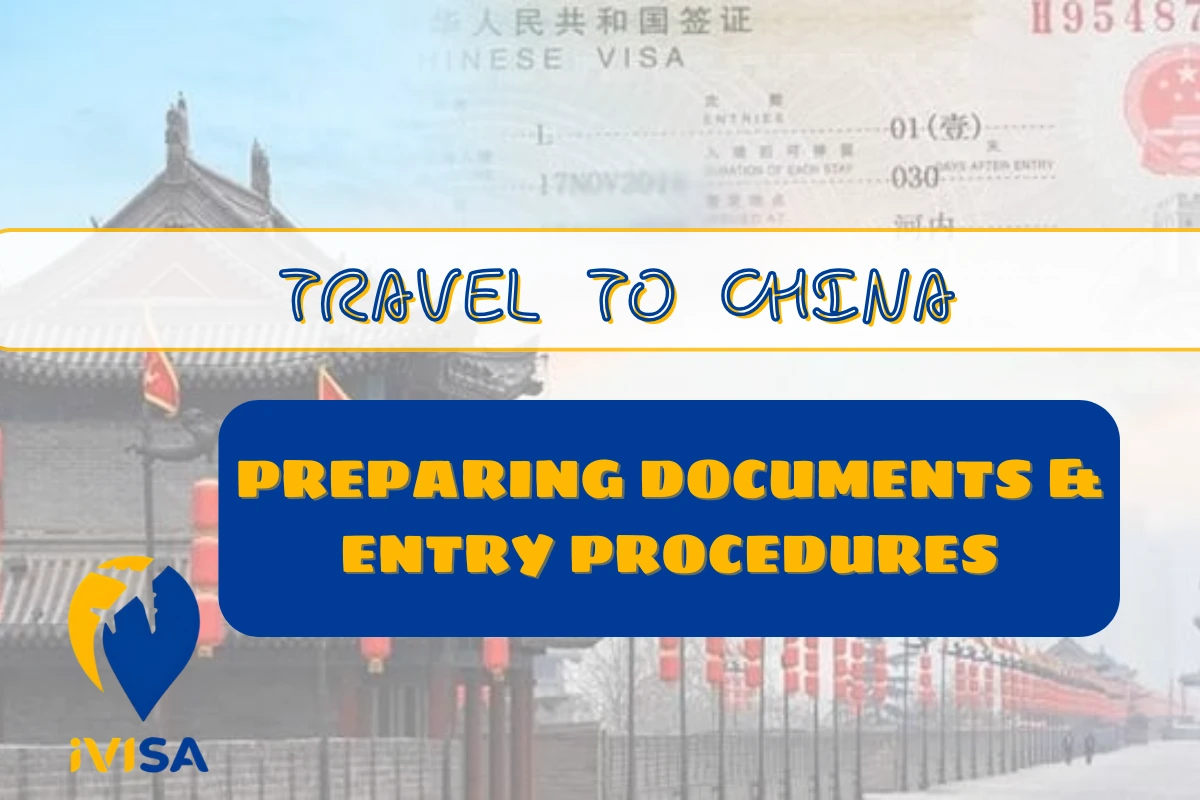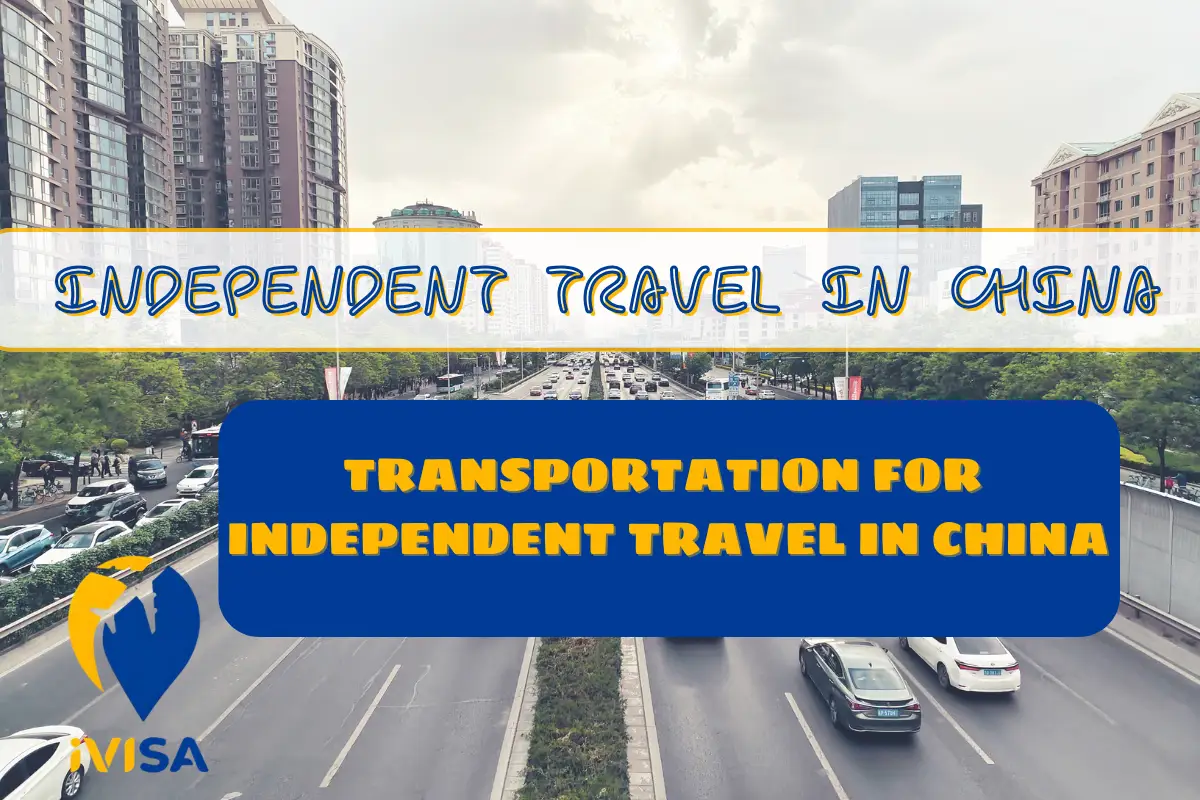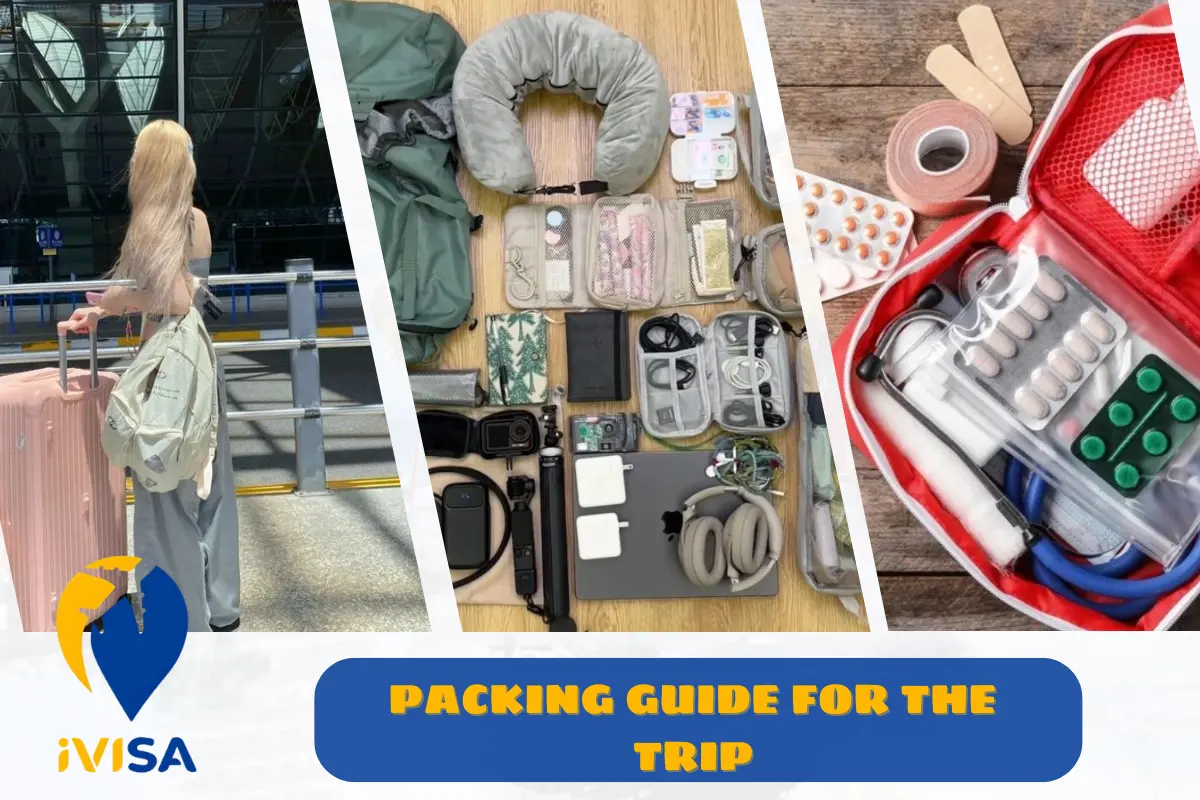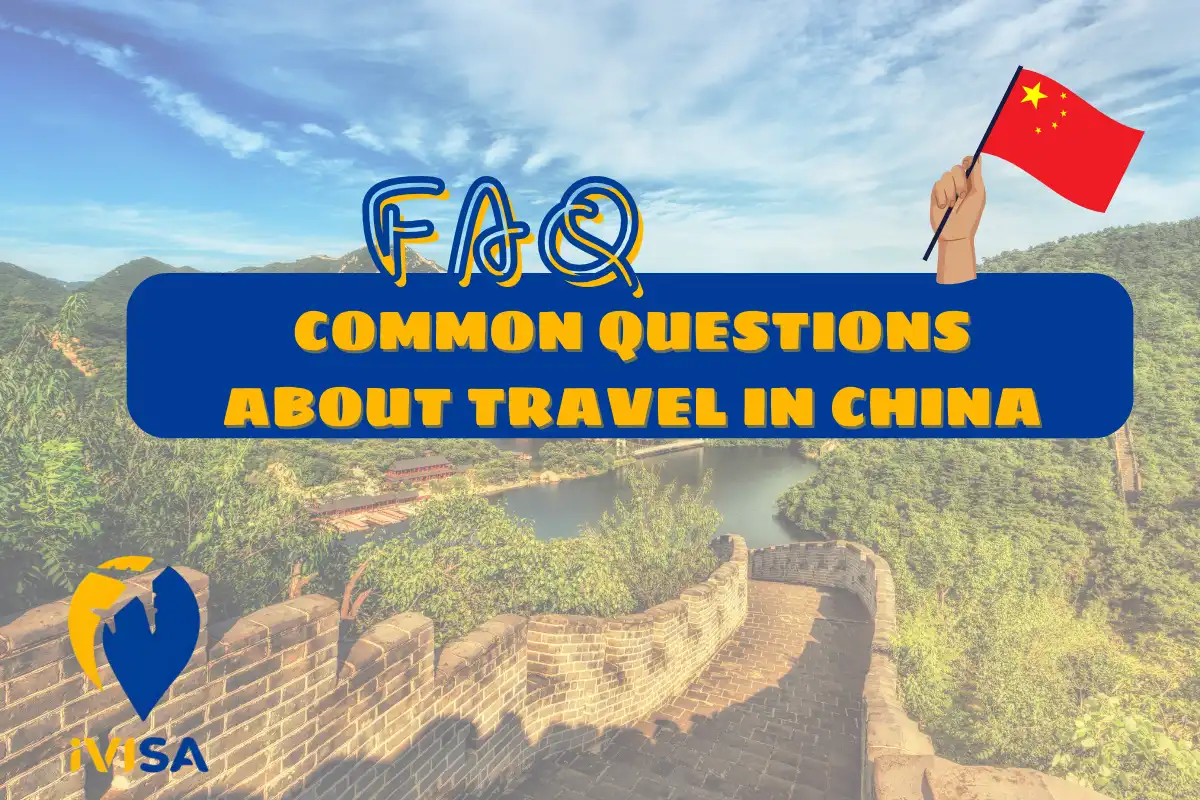Are you planning a trip to China in 2025 on your own? This will be your “golden handbook” to conquer the land of a billion people, from the majestic Great Wall to the fiery Sichuan cuisine. Let’s join iVISA in adding information for your self-guided trip to this “billion-people” nation.
Overview of Independent Travel to China
Independent travel to China in 2025 is becoming an attractive option for many Vietnamese travelers. Without relying on package tours, you can plan everything yourself—from flight tickets and itineraries to hotels and destinations. This gives you the chance to experience Chinese culture more deeply, enjoy authentic local food, and better manage your travel budget.
This form of travel is especially suitable for young adventurers, families seeking bonding moments, or office workers wanting a refreshing break after stressful days. However, to ensure a smooth trip, you need to prepare carefully in terms of documents, costs, and practical experience.
Preparing Documents and Entry Procedures
Independent travel to China offers Vietnamese visitors the opportunity to explore its unique culture, diverse cuisine, and magnificent landscapes. However, to ensure a smooth journey, you must prepare all required entry documents according to the latest regulations, including visa applications, travel permits, and other important notes.
Tourist Visa (L Visa)
To enter China, Vietnamese travelers must have a passport valid for at least 6 months and a tourist visa China (L Visa). Required documents include:
- Completed visa application form
- A 4×6 cm photo with white background
- Hotel booking confirmation
- Round-trip flight tickets
- Financial proof with a minimum balance of USD 5,000
If you want to save time, avoid errors in preparing your documents, and increase the chances of visa approval, you can consider using iVISA’s China visa service. With iVISA, obtaining a visa becomes simple.
Border Pass
For short trips to border provinces such as Guangxi or Yunnan, you can apply for a border pass at the Mong Cai checkpoint. Cost: around 500,000–1,000,000 VND. However, this pass is valid for only 7–15 days and cannot be used across the entire Chinese territory.
Important Notes for 2025
- China requires all incoming travelers to submit an electronic health declaration online before the trip.
- Travelers should print their itinerary and keep copies of important documents (passport, visa) in cloud storage in case of loss.
Planning Your Trip and Destinations
With its vast territory and diverse climate, each region of China offers unique characteristics. That’s why choosing the right time and destination makes your self-guided trip to China even more fulfilling.
Best Travel Time
- Spring (March–May): cool weather, blooming flowers.
- Autumn (September–November): pleasant climate, beautiful scenery.
- Avoid Lunar New Year (January–February): prices rise sharply and destinations are overcrowded.
Highlight Destinations
- Beijing: Forbidden City, Great Wall, Summer Palace.
- Shanghai: Oriental Pearl Tower, The Bund, Nanjing Road, Disneyland.
- Zhangjiajie: spectacular stone mountains, famous glass bridge.
- Lijiang – Dali: ancient towns rich in minority culture.
- Chengdu: panda conservation center, spicy Sichuan hotpot.
Suggested 7-Day Itinerary in China
| Day | Destination | Main Activities |
| 1–2 | Beijing | Forbidden City, Tiananmen Square, Great Wall |
| 3–4 | Shanghai | Oriental Pearl Tower, The Bund, shopping on Nanjing Road |
| 5 | Zhangjiajie | National Park, Glass Bridge |
| 6 | Lijiang | Explore ancient town, try local cuisine |
| 7 | Guangzhou | Canton Tower, last-minute shopping |
Transportation for Independent Travel in China
Independent travel to China is increasingly popular among Vietnamese tourists due to affordable costs, clear procedures, and rich experiences. Still, proper preparation for visa and transportation plans is essential. Having this information in advance will save time and help you explore more attractions without transport hassles.
Traveling from Vietnam to China
Currently, Vietnamese travelers can choose from several ways to enter China:
- By air: Multiple airlines operate direct flights from Hanoi and Ho Chi Minh City to Beijing, Guangzhou, Shanghai, Chengdu, etc., with flight times of 3–5 hours. The fastest and most convenient option.
- By land: From Lang Son, Lao Cai, or Quang Ninh, you can cross into China via border gates—ideal for short trips or combining with border sightseeing.
- By international train: The Hanoi–Nanning route offers an international train experience at reasonable prices but takes longer than flying.
Note: To enter legally, you must prepare a valid Chinese tourist visa. Nowadays, many travelers choose iVISA’s China visa assistance service to increase their approval chances and save time.
Domestic Transportation in China
After entering China, traveling between cities is convenient thanks to its advanced transport system:
- Air travel: Numerous international and domestic airports connect most provinces, suitable for long-distance travel like Beijing–Shanghai–Guangzhou.
- High-speed trains: A “must-try” in China. With speeds of 250–350 km/h, you save significant time. For example, Beijing–Shanghai takes only about 5 hours.
- Trains & long-distance buses: Ideal for medium routes, cheaper, and popular among students and budget travelers.
- Subways & buses: In major cities like Beijing, Shanghai, Guangzhou, the metro and bus systems are extensive, cheap, and easy to use.
- Taxis & ride-hailing apps: Convenient but more expensive. Local apps like DiDi are widely used.
Estimated Costs for the Trip
When planning independent travel to China, one of the most common concerns is: “How much does a 7-day trip cost?” China is vast, and costs vary depending on your destinations and travel style.
Here is an estimated 7-day budget based on a typical itinerary for Vietnamese travelers:
| Expense Type | Item | Estimated/Day | 7 Days Total |
| Flights | Round-trip Vietnam–China | – | 7,000,000 VND |
| Accommodation | 3-star hotel | 1,000,000 VND | 7,000,000 VND |
| Meals | Local restaurants | 500,000 VND | 3,500,000 VND |
| Transport | Train/bus | 400,000 VND | 2,800,000 VND |
| Entrance Fees | Great Wall, Forbidden City | 300,000 VND | 2,100,000 VND |
| Total | – | – | 22,400,000 VND |
Packing Guide for the Trip
A successful journey begins with a well-prepared suitcase. Many Vietnamese travelers wonder: “What should I bring when traveling independently in China?” With its vast size, varying weather, and diverse activities—from hiking in Zhangjiajie to exploring modern Shanghai—proper packing ensures comfort, safety, and savings.
Clothing and Accessories – Seasonal Flexibility
- Winter: heavy coats, sweaters, scarves, gloves, wool hats (temperatures in Beijing or Harbin can drop below 0°C).
- Spring & Autumn: light jackets, long-sleeve shirts, jeans—perfect for city walks and sightseeing.
- Summer: breathable cotton clothes, sun hats, sunglasses—ideal for Shanghai, Guangzhou, or Chongqing.
- Shoes: sturdy sneakers or walking shoes, plus lightweight sandals for hotels.
Electronics – Your Travel Lifesavers
- Phone, power bank, earphones, fast charger.
- Universal adaptor (China uses three-pin sockets, different from Vietnam).
- 4G SIM card or WiFi device for internet access—VPN is required for Google and Facebook.
- Camera or GoPro for memories.
Personal Items
- Medicines: cold, stomach ache, allergy pills, essential oils, band-aids.
- Toiletries: face wash, toothbrush, toothpaste, tissues.
- Waterproof bag for documents and electronics.
Packing Tips – Compact and Handy
- Use a lightweight 4-wheel suitcase for easy mobility.
- Roll clothes instead of folding, and use transparent zip bags.
- Bring a small backpack for day trips.
- Leave extra space for shopping—clothes, tea, souvenirs, or even ceramics.
FAQ – Common Questions
Is travel insurance to China mandatory?
Yes. When applying for a visa and entering China, travelers must have international travel insurance with minimum coverage of USD 50,000, including medical, accident, emergency, and repatriation benefits. This not only increases visa approval chances but also protects you in emergencies.
Can I extend my Chinese tourist visa?
Yes. You can extend up to 30 days at the Exit and Entry Administration in China, with a fee of around 160 CNY. A valid reason, such as itinerary changes or health issues, is required. Many travelers use iVISA’s support services for safe and correct processing.
Where is the best place to exchange Chinese yuan (CNY)?
The safest place with stable rates is the Bank of China. The reference rate is about 3,500 CNY per 1 VND, but it changes daily. Avoid exchanging at airports or small booths due to higher risks and less favorable rates.
Should I travel independently or join a group tour in China?
- Independent travel: Saves around 30–40%, flexible itinerary, ideal for personal experiences.
- Group tour: Convenient for those unfamiliar with Chinese or who prefer ready-made arrangements for hotels, tickets, and meals.
Where to buy a Chinese SIM card and how much does it cost?
You can buy SIM cards at airports or official stores of China Mobile, China Unicom, or China Telecom. Prices range from 200,000–300,000 VND/7 days, enough for basic needs like maps, calls, and messaging apps.
Independent travel to China in 2025 is not only about exploring a vast country with thousands of years of culture but also about enjoying the freedom to design your own journey. From preparing documents, estimating budgets, and selecting destinations to tips on transport and communication, every step contributes to a perfect trip. If you are wondering how much independent travel to China costs or what you need to prepare, this article hopefully provides clear and practical answers. Now, start planning so your upcoming trip to China is not only smooth but also unforgettable.
iVISA Property & Citizenship
- Add: Số 99 Nguyễn Thị Nhung, phường Hiệp Bình, TPHCM
- Hotline: 0937 999 610
- Email: info.ivisatravel@gmail.com

